Copyright 2020 - 2021 irantour.tours all right reserved
Designed by Behsazanhost
10 Things to do in Isfahan
10 Things to do in Isfahan
Millions of international and domestic tourists visit Isfahan the capital of the Safavid dynasty every year. All are agreed that Isfahan is Iran's most beautiful tourist city. Isfahan has special features that are not visible in other cities. These features caused the trip to Iran would not be completed without Isfahan. Isfahan's features have forced all tourism agents to consider it at the beginning or end of their tour programs. These special features of Isfahan can be divided into 10 sections.
Here are the 10 Things to do in Isfahan.
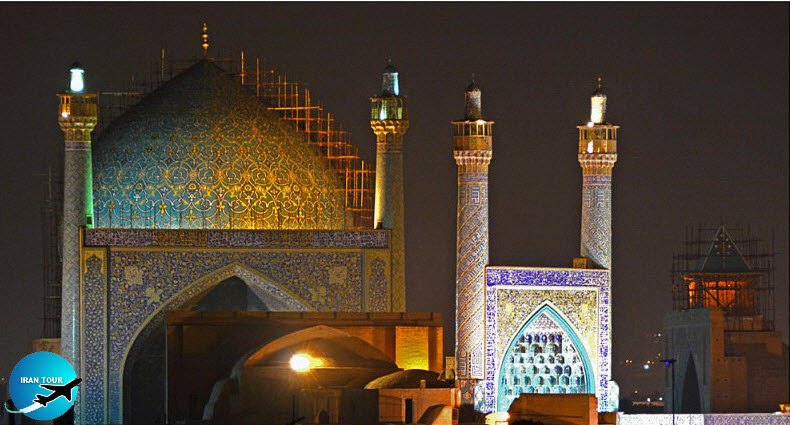 |
1- Mosques
Isfahan Mosques, The Glory of Islamic Architecture
Isfahan is known historically for its great and valuable mosques. The existence of historic mosques with unique architecture and two recorded mosques at the World Heritage Site has made Isfahan a historical and religious tourism hub. Most of Isfahan's historical mosques date back to the Safavid era. Although the Atiq Jame mosque is a museum of Iranian-Islamic architectural artistic collection. Archaeologists have believed that the Safavids were the first Shiite rule in Iran to occupy the entire Iranian plateau. In the Safavid era, like other Islamic periods, the mosque was considered the most important building in Islamic architecture. The architects of this era made great efforts to create Islamic innovation both in the architecture of the mosques and in the decorations and inscriptions.
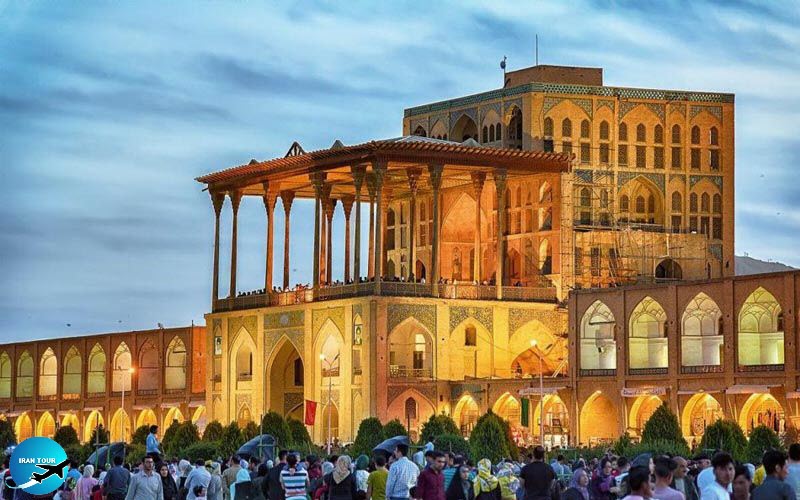 |
2- Palaces
The golden age of Isfahan was during the Safavid period. Various Constructions with different purposes - Beautiful Palaces - various gardens and diverse Business Centers have been done during this period. Unfortunately, after the fall of the Safavid Empire, and especially during the Qajar period, most of these structures were destroyed.
None of the royal palaces and pavilions of Isfahan built before the 17th century are still extant. On the other hand, among all the monuments in Isfahan, the Safavid palaces are the most consistent group of buildings that survived a single period. The 17th-century palaces of Isfahan, like other major imperial monuments of the Safavids, responded, in their architectural and spatial particularities, to the ceremonial and ritual needs of a reconfigured household. Isfahan, more than any other seat of power in the history of Islamic Persia, assumed a unique centrality for the exercise of kingship during his reign as the Safavid capital.
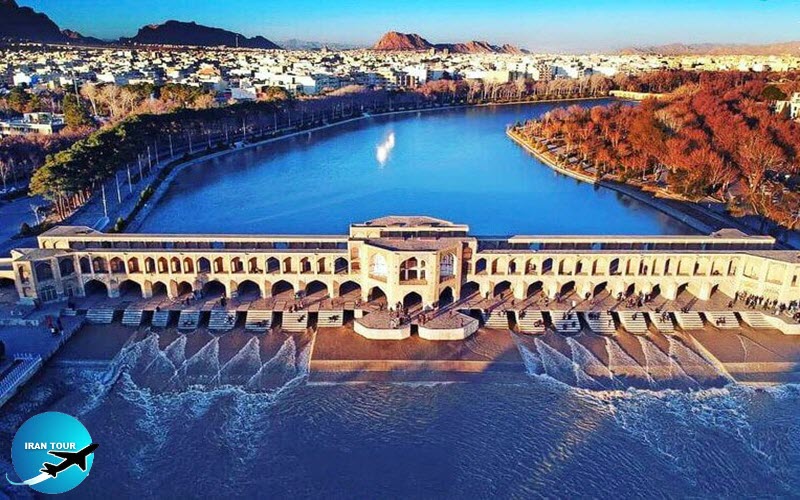 |
3- Bridges
The Zayand e Roud River is located south of the city of Isfahan. It starts from the Zagros Mountains Range at Chahar Mahal and Bakhtiary Province and flows for 400 km (one of main Iran's Rafting rivers) to the east before ending in the swamp of Gavkhouni, a seasonal salt lake located southeast of the Isfahan. The bridges of Zayandeh have spanned different parts of the Zayande Rood River. There are several old and new bridges (pol) on the Zayandeh Rood River. The oldest, Shahrestan, built in the 5th century AD, is still used as a pedestrian crossing in the village of Sharestan.
When in 1598, Shah Abbas the Great officially designated Isfahan as the new imperial capital of the Safavids, the construction of bridges became not only a necessity but also offered new opportunities for the sponsorship of architectural and engineering marvels—harmony with the imperial scale of the projects in Naqsh-e Jahān Square. Nevertheless, Safavid bridges are extraordinarily ingenious in the way they transform dams and utility corridors into forms and spaces with harmonious and visually captivating architecture.
Safavid bridges have been used to control the flow of water and manipulate it for irrigation of farmland and private gardens, as well as for the regulation and distribution of freshwater for consumption by the city. Above all, however, Isfahan's Safavid bridges were designed to be part of the city's expanded entertainment and recreation areas. As a walk, the two Safavid bridges have wide, weather-free, weather-covered walkways; they have royal niches and pavilions for recreation, where royal feasts were held or where Isfahan inhabitants watched the regattas and other water activities organized in the small reservoirs created by the dams of the bridge or along the Zayandarud river.
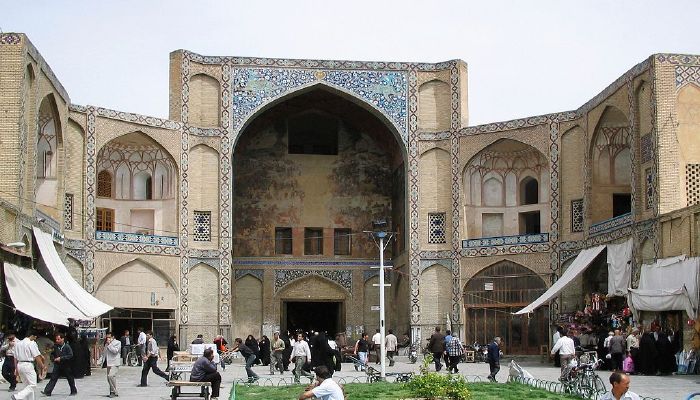 |
4- Bazars
The bazaar is one of the most spectacular displays of Iranian-Islamic architecture and urbanism that serves as the backbone and the beating heart of the city. The bazaar is one of the main elements of traditional Islamic-Iranian cities which has been originally developed for the fulfillment of commercial and manufacturing functions. In Iran, the bazaar is not only a shopping center but also since a long time ago, the bazaar had certain specifications, which can not be seen in other parts of the world. The Grand Bazaar of Isfahan is a completely covered town that Isfahan's society was concentrated around.
One of Iran’s most historic and fascinating bazaars, this sprawling covered market links Naqsh e Jahan (Imam) Sq with the Masjed e Jame. At its busiest time in the mornings, the bazaar’s arched passageways are topped by a series of small perforated domes, each spilling shafts of light onto the commerce below. While the oldest parts of the bazaar (those around the mosque) are more than a thousand years old, most of what can be seen today were built during Shah Abbas’ ambitious expansions of the early 1600s. While you are strolling out through the market and have faded away from its architectural beauties the shopkeepers invite you to their shop to buy a souvenir or drink a cup of tea. Never miss this opportunity. The rows of shops beside Naghsh e Jahan Square is another beautiful market in Isfahan that doubles the beauty of this square.
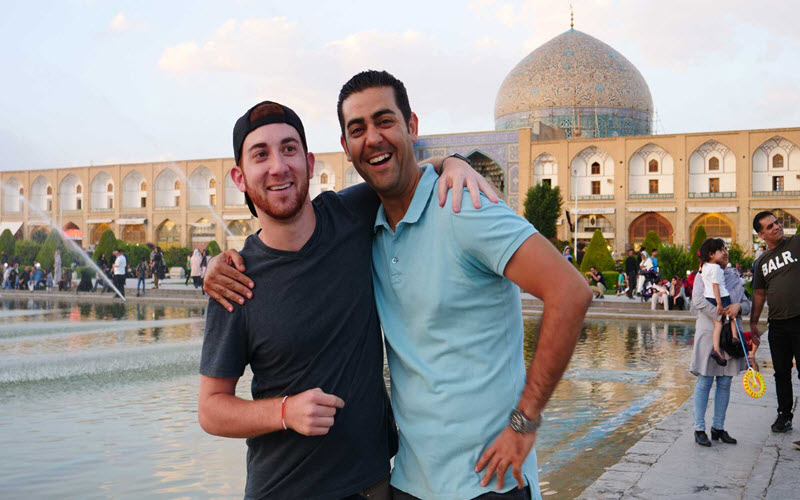 |
5- Talking with people
In Isfahan, you are never alone. Not while sitting in Naqsh e Jahan square or any part of this beautiful city. People will come up to you – men, women, and children, sellers keen to invite you to their shop for a cup of tea, and groups of teenagers eager to have their picture taken with you. And dozens, dozens of people want to know about you. What did you do in Isfahan? why do you decide to come to Iran? and then usually comes the most difficult answer of all – what do people think about Iran in your country? Chat with people and enjoy Companionship with them. They try to do their best for you and are happy and satisfied with this reaction.
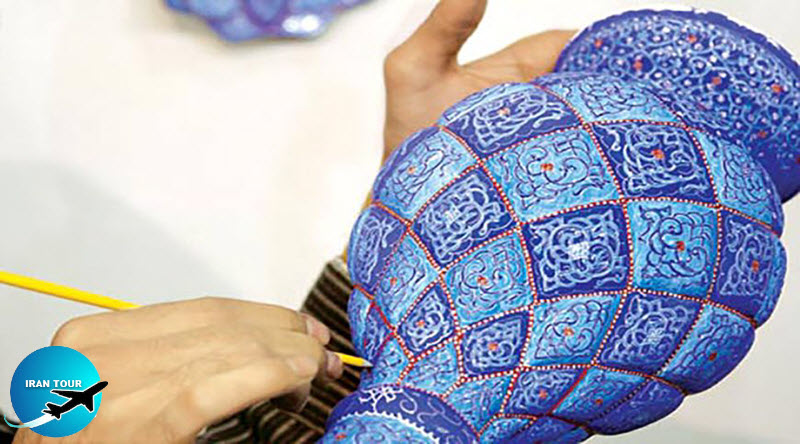 |
6- Souvenirs
Buying souvenirs on a trip will not only make your trip more enjoyable but also the souvenirs of this trip will keep it in your mind. In Iran, the souvenirs of each city, as well as those of Isfahan, are divided into two categories: Yummy edible things and gifts. The most famous souvenirs of Isfahan are Enamels (Mina), Inlay (Khatam), Calico fabrics, Etching, Turquoise Art working (Firoozeh), Filigree, and the most important of them Carpet.
The most famous eating Souvenir of Isfahan are:
Gaz,
The main food souvenir of Isfahan is Gaz. A sweet candy! They are divided into several categories and no organism can reject it, whatever the taste.
Ardi (wheat): it is known as the mixture in wheat.
Coiny: It's like wheat, but it's like packing.
Gas with the chocolate layer
Both have several main ingredients: Almond, pistachio, Honey, and Mix, and each has different percentages of nuts like 18% and 38%
Polaki:
Polaki is also the second food and souvenir of Isfahan, which has a lot of fans. The Polaki is a candy, and because it is thin, like a sequin, it is called the Polaki.
We have a few types of Polaki: Saffron, pistachio, Coconut, Sesame, Cocoa, Lemon Omani, Mint, and Gingerbread.
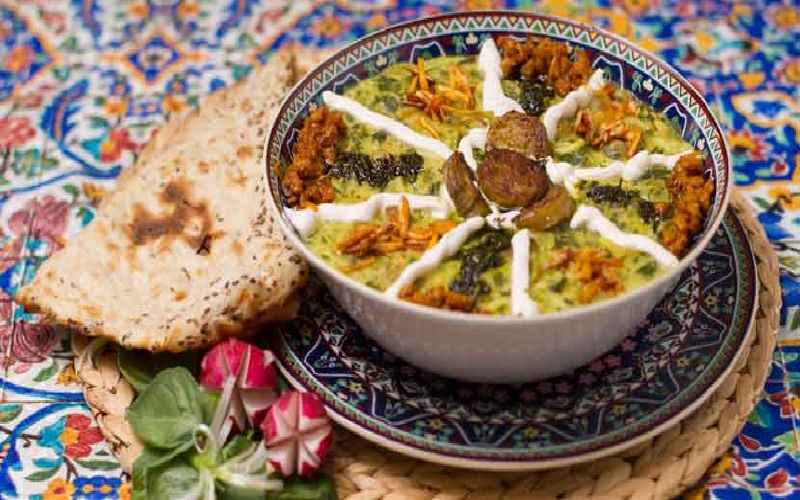 |
| What to eat in different cities |
7- Food Tourism
Isfahan is not just a historic and architectural city with magnificent buildings. You can find different kinds of cuisines, desserts, and beverages which are primarily for this city. unfortunately, there’s little focus on the food or the variety of sherbets served in the best restaurants in Isfahan. On your trip to Esfahan, you can find the best local and Int restaurants that offer the best delicious foods. The foods that are suitable for both vegetarians and non-vegetarians alike and also the traditional cuisines like Biryani or Beryanee, Halim Bademjan, and Khoresht Mast,... introduce you to a part of Isfahan's culture.
If you want to discover the most delicious traditional dishes study Top 10 Isfahan's dishes.
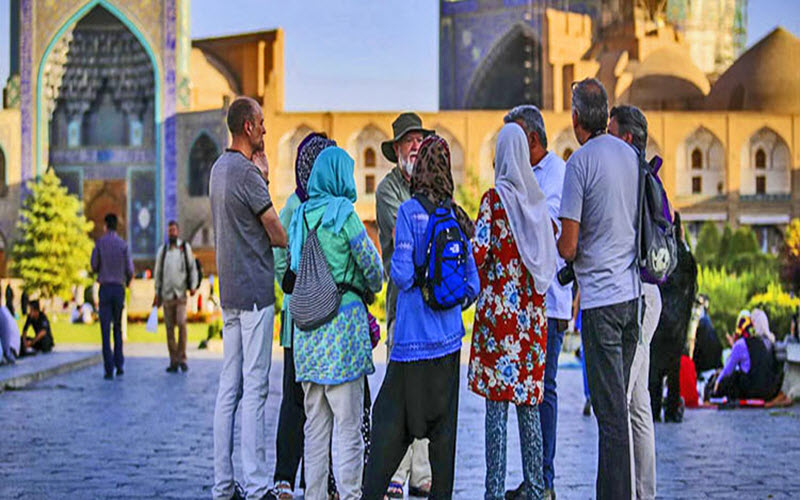 |
8- stroll through the streets
Touristic cities as embodied learning places
You can discover the true Isfahan culture while you are strolling through the streets, squares, and historic sites. Isfahan is definitely one of the most popular Iranian tourist destinations. A walking tour of Isfahan will surely familiarize you with the traditional atmosphere and some of the most impressive monuments of this beautiful city. A daily walking tour around Imam Khomeini Square formerly known as Naqsh-e-Jahan (image of the world), with several magnificent tourist attractions around it will guide you to a deep part of Isfahan's history.
If you travel to Isfahan for its Islamic architecture, bazaar, crafts, gardens, and people, a walking tour of Isfahan is the very city tour that you need. It will take half a day or one day but will impress you with the most advanced varieties and examples of Islamic architecture in Iran.
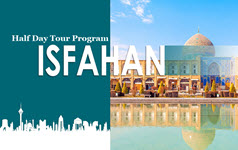 |
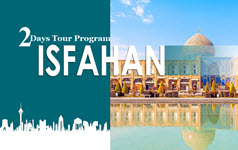 |
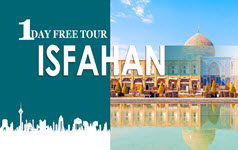 |
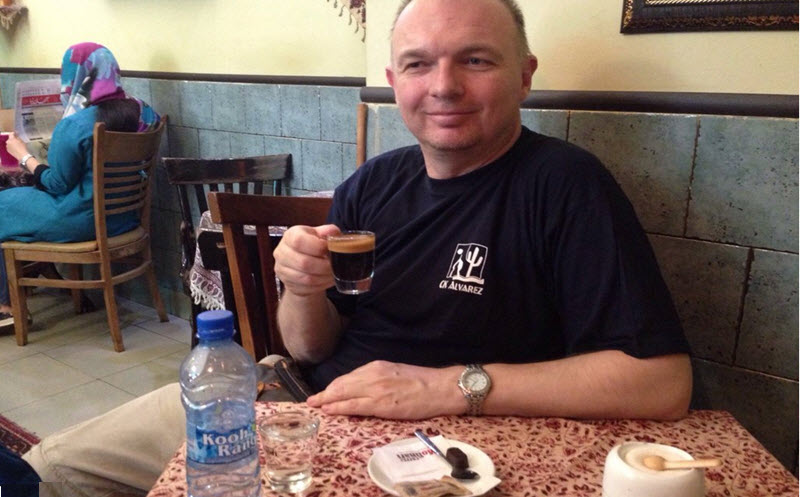 |
9- A Cup of tea
Tea has a deep and rooted culture in Iran. This magical drink in Iran can lead you into the depths of Iranian culture and intense friendship. So sometimes you are invited to have tea in a shop or at home. This is the same Iranian hospitality culture that fascinates every tourist. Never miss this opportunity. Repeated and regular city tours in Isfahan can be overwhelming. So sometimes you need a cozy place to relax and stay away from repetitive questions and curious looks.
Ready to drink coffee or tea and just want to relax? Then head to one of these cafes for a good coffee or tea! The best places to give you a cup of tea in a historic and pleasant atmosphere are the cafes around the Naghsh e Jahan square. Qeytarieh Teahouse, Azadegan Teahouse, Si o se pol or Bridge Teahouse, Abbasi Hotel Teahouse, Shant Coffee in the Jolfa area, Sibil Coffee, and Café Roozegar are the best places for this exciting experience.
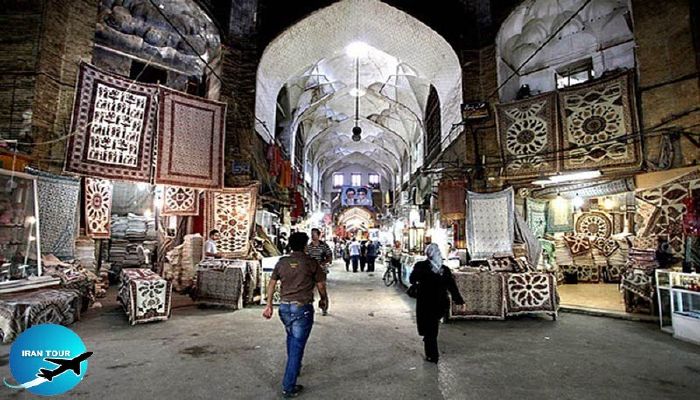 |
10- Isfahan Shopping Centers
Shopping centers of Isfahan
As one of the most modern cities in Iran, tourist attractions are not the only things for which Isfahan is known. From traditional bazaars to hyper-modern shopping centers, you can find almost anything you want in this big city.
- Details
- Category: Top 10 Things to Do in Esfahan